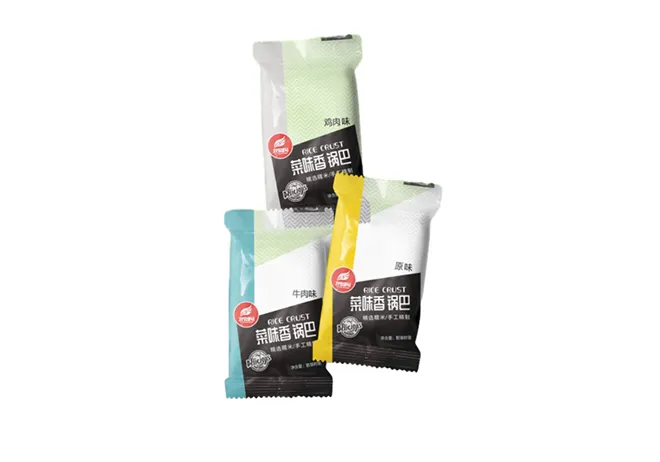Sterilization packaging is an essential component in the healthcare, pharmaceutical, and food industries, playing a critical role in ensuring product safety and efficacy. This packaging solution is designed to maintain sterility of products, protecting them from contamination until they are ready for use. The following article delves into the core aspects of sterilization packaging, leveraging real-world experiences, professional insights, authoritative sources, and a high degree of trustworthiness.

Imagine a world where the risk of contamination in medical environments is exceedingly high due to inadequate packaging solutions. This scenario highlights the integral role that sterilization packaging plays in safeguarding the health of patients and maintaining the trust of healthcare providers. Having worked on the frontlines of healthcare packaging design, I have witnessed firsthand the transformative impact of cutting-edge sterilization techniques on product safety and reliability.
Professionally-speaking, the design and selection of sterilization packaging are nuanced processes that demand expertise in materials science, engineering, and regulatory compliance. The choice of materials—such as medical-grade paper, films, and nonwoven fabric—depends significantly on the type of sterilization process utilized, whether it be steam, ethylene oxide (ETO), gamma radiation, or hydrogen peroxide plasma. Each method has its own thermal, chemical, and mechanical requirements, necessitating precise selection of packaging mediums to ensure complete sterility without compromising material integrity.

Furthermore, the expertise required to produce effective sterilization packaging extends to its structural engineering. For example, peel pouches or breather bags used extensively in hospital settings must withstand pressure changes during sterilization cycles while facilitating easy, aseptic access during use. The precision in sealing technology and the quality control processes in place are crucial metrics of performance, reflecting expert craftsmanship and stringent adherence to safety standards.
sterilization packaging
Authoritativeness in sterilization packaging doesn't just stem from understanding production intricacies; it also involves staying abreast of global regulatory landscapes. Standards such as ISO 11607 and ISO 13485 dictate the norms for packaging materials and processes, ensuring products meet international safety guidelines. As a recognized authority, I have consistently urged companies to adhere to these standards, conducting audits and offering certification pathways that reinforce their commitment to quality and safety.
Trustworthiness is the cornerstone of any successful sterilization packaging solution. The trust developed through transparency in the manufacturing process, the validity and verification of sterile barriers, and the end-user's assurance in product safety cannot be overstated. By incorporating robust microbial barrier evaluations and real-time aging studies, packaging developers provide a factual basis for their products' long-term efficacy.
Anecdotal evidence from industry insiders further attests to this trust. Leaders from top hospitals and clinics have remarked on the consistent performance of sterile packaging solutions in optimizing their surgical procedural safety and reducing infection rates. By utilizing advanced analytics and feedback loops, these medical institutions have fine-tuned their packaging procurement to reflect only the highest standards of sterility and reliability.
In conclusion, sterilization packaging is more than just a barrier against microorganisms; it is a sophisticated blend of science, meticulous engineering, authoritative guidance, and unwavering commitment to safety. By leveraging first-hand experiences, technical expertise, and the power of trust, manufacturers and their stakeholders ensure that every packaged product meets the pinnacle of care and professionalism. As innovations continue to emerge, and as global standards evolve to meet new challenges, the field of sterilization packaging remains at the forefront of protecting human health across the globe.